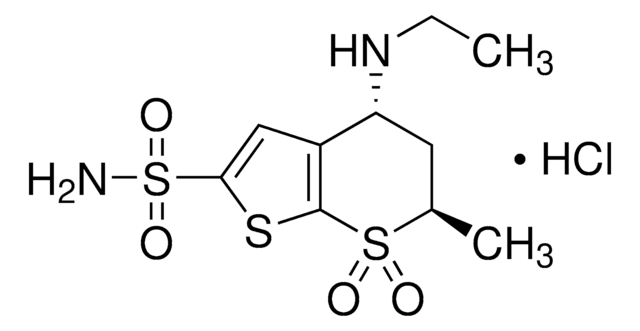Kluczowe dokumenty
858125C
Avanti
18:1 Lyso PG
1-oleoyl-2-hydroxy-sn-glycero-3-phospho-(1′-rac-glycerol) (sodium salt), chloroform
Synonim(y):
1-oleoy-sn-glycero-3-phospho-(1′racglycerol) (sodium salt); PG(18:1(9Z)/0:0); 110714
About This Item
Polecane produkty
Próba
>99% (LPG; may contain up to 10% of the 2-LPG isomer, TLC)
Postać
liquid
opakowanie
pkg of 5 × 4 mL (858125C-500mg)
producent / nazwa handlowa
Avanti Research™ - A Croda Brand 858125C
stężenie
25 mg/mL (858125C-500mg)
Warunki transportu
dry ice
temp. przechowywania
−20°C
Opis ogólny
Zastosowanie
Działania biochem./fizjol.
Opakowanie
Informacje prawne
najczęściej kupowane z tym produktem
Hasło ostrzegawcze
Danger
Zwroty wskazujące rodzaj zagrożenia
Zwroty wskazujące środki ostrożności
Klasyfikacja zagrożeń
Acute Tox. 3 Inhalation - Acute Tox. 4 Oral - Aquatic Chronic 3 - Carc. 2 - Eye Irrit. 2 - Repr. 2 - Skin Irrit. 2 - STOT RE 1 - STOT SE 3
Organy docelowe
Central nervous system, Liver,Kidney
Kod klasy składowania
6.1C - Combustible acute toxic Cat.3 / toxic compounds or compounds which causing chronic effects
Klasa zagrożenia wodnego (WGK)
WGK 3
Temperatura zapłonu (°F)
Not applicable
Temperatura zapłonu (°C)
Not applicable
Certyfikaty analizy (CoA)
Poszukaj Certyfikaty analizy (CoA), wpisując numer partii/serii produktów. Numery serii i partii można znaleźć na etykiecie produktu po słowach „seria” lub „partia”.
Masz już ten produkt?
Dokumenty związane z niedawno zakupionymi produktami zostały zamieszczone w Bibliotece dokumentów.
Nasz zespół naukowców ma doświadczenie we wszystkich obszarach badań, w tym w naukach przyrodniczych, materiałoznawstwie, syntezie chemicznej, chromatografii, analityce i wielu innych dziedzinach.
Skontaktuj się z zespołem ds. pomocy technicznej










